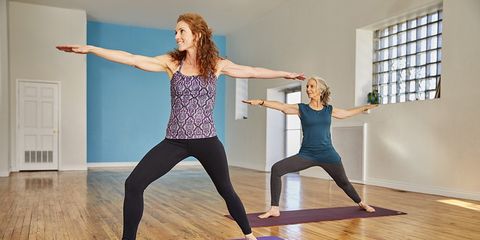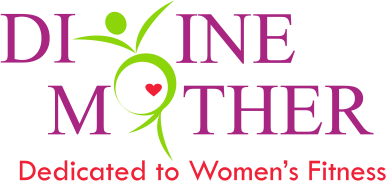
- August 25, 2021
- Comments: 0
- Posted by: Dr. Anushri Shah

Menopause is a significant stage in a woman’s life. Use it as a gentle reminder to look for yourself. Consider these menopause fitness programs to get started. Menopause affects every woman differently. The symptoms are minimal for some people and go away fast. Others experience a flurry of hot flashes and mood swings. The good news is that you can make lifestyle modifications to help you survive with your body’s changes.
Why Is Fitness Important?
Though it hasn’t been shown that frequent exercises lessen menopausal symptoms, they can assist you to go through the transition by lowering stress and increasing your overall health. Weight gain and muscle loss are two of the most frequent symptoms of menopause, and regular exercise can help you prevent them.
According to the Centers for Disease Control and Prevention (CDC)Trusted Source, most healthy women should strive for at least 150 minutes of moderate aerobic activity or 75 minutes of strenuous cardiovascular activity per week.
Activities You Should Try
The Department of Health and Human Services recommends that most healthy women engage in moderate aerobic activity for at least 150 minutes per week or strenuous aerobic activity for at least 75 minutes per week. Menopause fitness programs should also be done at least twice a week. Feel free to spread your workouts out across the rest of the week.
Cardio
Aerobic activity that engages your large muscle groups while keeping your heart rate up is beneficial. Your cardio possibilities are virtually unlimited. Walking, jogging, cycling, and swimming are all examples of activities that count.
Dancing
Exercising should not be all-consuming. Adding a calorie-burning aerobic activity into your regimen can be both enjoyable and beneficial to your health.
If treadmill running isn’t your thing, consider taking a dance class. Dance can help you gain muscle and maintain flexibility. Look for a style that appeals to you, such as jazzy, ballet, ballroom, or salsa.
Strength Training
Because the risk of osteoporosis increases after menopause (oestrogen is required to help lay down bone), strength training is especially important. Strength training exercises can help you increase bone and muscle strength, burn fat, and boost your metabolism.
Dumbbells and resistance tubing are good options for at-home workouts. Choose between weight machines and free weights in the gym. Choose a weight that is heavy enough to strain your muscles in 12 repetitions and work your way up from there.
Yoga & Meditation
Because no two women experience menopause in the same way, your approach to relief will be tailored to your specific symptoms. Use a relaxation technique that suits you, such as deep breathing, yoga, or meditation.
Yoga positions that are supported and restorative may provide some assistance. By concentrating your mind, these poses may help to calm your anxiety. They can also assist with symptoms including hot flashes, irritation, and weariness.
Zumba
Do you prefer to work out in a group activity? Participate in a group exercise class at the gym. Zumba is a successful dance program with approximately 12 million loyal followers in the last decade.
Zumba, which incorporates salsa, merengue, and other Latin-inspired music, is suitable for people of all ages. Burn calories and tone your muscles while dancing to upbeat Latin music.
StairMaster or Elliptical!
Machines such as the elliptical and the StairMaster also qualify as cardio workouts. If you don’t want to walk, go to the gym for your aerobic exercises. According to the American Heart Association (AHA), as you approach menopause, your chances of developing cardiovascular disease (CVD) grow considerably.
During menopause, estrogen levels, which are known to protect the heart, fall. Understanding the risk factors and adopting a healthy lifestyle can help keep your heart healthy.
Discover More
Sure, physical activity is important, but don’t forget to use your creativity! Now is an excellent moment to pursue an artistic endeavor. Take a painting lesson or join a knitting group to indulge in a new creative activity that will provide you with a sense of accomplishment and happiness.
A creative activity will also help to divert your attention away from the vexing symptoms.
Stay Motivated
Set menopause fitness programs that are both realistic and attainable. Instead of promising to exercise more, commit to a daily 30-minute walk after supper. As you improve your fitness, you should revise your goals on a regular basis. Collaboration with someone else, such as a partner, friend, or neighbor can also help.
If you are interested, divine mother trainers will encourage you to move forward with menopause fitness programs.
Remember that you don’t need to go to the gym to work out. Many activities, such as dance and gardening, can also be beneficial to your health. Whatever you pick, take the time to carefully warm-up and cool down.

